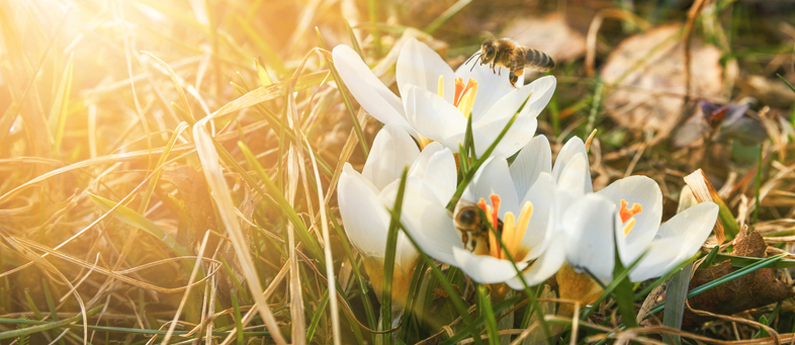Where you live, it may not feel like spring just yet, but the season of renewal is coming! Spring brings rejuvenation to the insect world as well.
Many think a harsh winter means less bugs the following season, but it's actually spring that determines how insects get their start for the year, as they emerge from hibernation. Keep watch over how the spring develops, and it could tell you how insects will fare this year.
WASPS, HORNETS & YELLOWJACKETS
 In spring, the wasp, hornet and yellowjacket queens that have spent the winter hibernating will start to emerge and establish new nests. Wasps are not affected as much by spring precipitation since they typically build their nests in sheltered locations and high up off the ground. A warm and dry spring is ideal for yellowjacket colonies to get started.
In spring, the wasp, hornet and yellowjacket queens that have spent the winter hibernating will start to emerge and establish new nests. Wasps are not affected as much by spring precipitation since they typically build their nests in sheltered locations and high up off the ground. A warm and dry spring is ideal for yellowjacket colonies to get started.
What you can do: Use our Wasp TrapStik, W·H·Y Trap, or Reusable Yellowjacket Trap to catch queen yellowjackets before they build nests. Any queen caught in spring means one less nest later on in the summer.
JAPANESE BEETLES
Spring is when damage to turfgrass happens, by Japanese beetle grubs feeding on roots. The time to trap them isn’t until summer, when they emerge as adults and start flying.
What you can do: Treat your lawn with a combination of Milky Spore and Beneficial Nematodes in spring. Be prepared with our Japanese Beetle Trap for when adults emerge in summer.
SPIDERS
Spiders become more active and resume mating in the spring, and eggs from last year will hatch. Above-average temperatures in spring create the ideal conditions for spiders to thrive. It also means more insects for spiders to find and eat.
What you can do: Set our Spider Traps in various places where spiders are typically found indoors: against a wall or baseboard, under toe kicks, around doorways, behind toilets, behind or under furniture, and inside basements or crawl spaces.
ANTS
April is the biggest month for ant problems inside the home, as the worker ants are sent out from the nest in search of food and moisture. Once a few of them discover a good source, more will follow.
What you can do: Place our Ant Bait station where you see ant activity, and leave it there. Worker ants will find the bait fast, and you will see lots of them line up at the bait station as they follow the pheromone trails to the bait - this is a good thing! Ants are carrying the bait to the colony to share with more ants. The sugar bait is fed to the other workers in the colony, and the protein bait is fed to the larvae and queen, wiping out the entire colony within days.
PANTRY MOTHS
Dormant pantry moth eggs hatch, and the life cycle that had slowed down in fall and winter starts to pick back up again.
What you can do: It’s important to use our Pantry & Birdseed Moth Trap to catch the adults before they can mate and perpetuate the life cycle.
BITING BLACK FLIES
 Spring runoff means the rivers and streams have fast-moving water – which is ideal for black flies to mate.
Spring runoff means the rivers and streams have fast-moving water – which is ideal for black flies to mate.
What you can do: Wear a GoClip on the back of your shirt collar if you are doing any activities outdoors – especially if you are around any rivers or streams.
TICKS
To survive the winter months, most ticks find shelter in leaf litter and are dormant until spring. Juvenile ticks, or nymphs, are dormant during the winter months and become active in the spring. Adult females also lay their eggs at this time. A warm, humid spring has the potential to create a tick outbreak in early summer instead of late summer because it gives newly hatched eggs a greater chance of surviving.
What you can do: Use our Mosquito GoClip when you’re outdoors near any areas with tall grasses or brush. Since ticks will often jump on to you near your lower body, attach GoClip to your waistband, shorts pocket or shoelace.


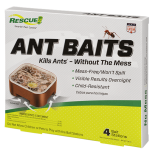 Ant Baits
Ant Baits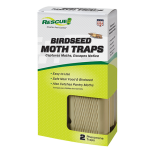 Birdseed Moth Trap
Birdseed Moth Trap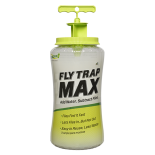 Fly Trap Max
Fly Trap Max Fly Trap, Big Bag
Fly Trap, Big Bag 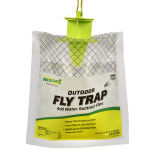 Fly Trap, Disposable
Fly Trap, Disposable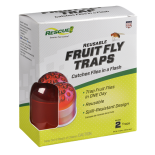 Fly Trap, Fruit Fly
Fly Trap, Fruit Fly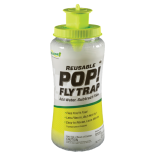 Fly Trap, POP! Fly
Fly Trap, POP! Fly 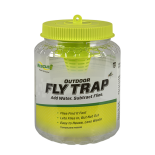 Fly Trap, Reusable
Fly Trap, Reusable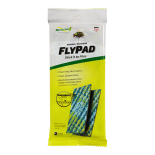 FlyPad
FlyPad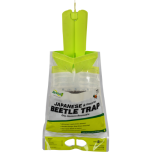 Japanese & Oriental Beetle Trap
Japanese & Oriental Beetle Trap Spider Trap
Spider Trap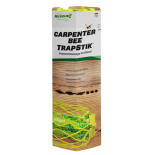 TrapStik, Carpenter Bee
TrapStik, Carpenter Bee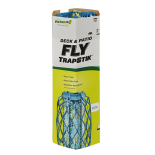 TrapStik, Deck & Patio Fly
TrapStik, Deck & Patio Fly 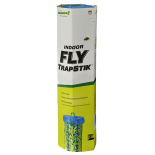 TrapStik, Indoor Fly
TrapStik, Indoor Fly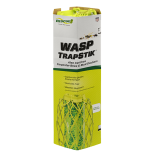 TrapStik, Wasp
TrapStik, Wasp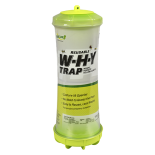 W·H·Y Trap for Wasps, Hornets & Yellowjackets
W·H·Y Trap for Wasps, Hornets & Yellowjackets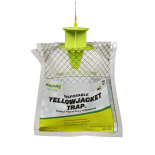 Yellowjacket Trap, Disposable
Yellowjacket Trap, Disposable 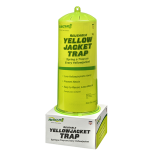 Yellowjacket Trap, Reusable
Yellowjacket Trap, Reusable 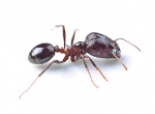 Ants
Ants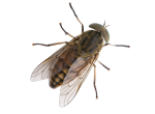 Biting Flies
Biting Flies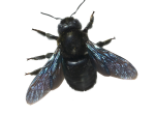 Carpenter Bees
Carpenter Bees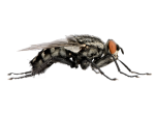 Flies
Flies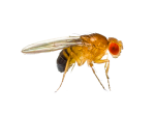 Fruit Flies
Fruit Flies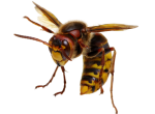 Hornets
Hornets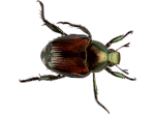 Japanese Beetles
Japanese Beetles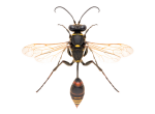 Mud Daubers
Mud Daubers Oriental Beetles
Oriental Beetles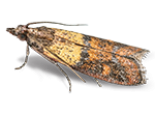 Birdseed & Pantry Moths
Birdseed & Pantry Moths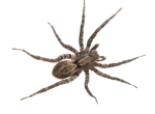 Spiders
Spiders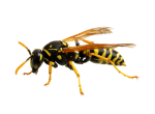 Wasps
Wasps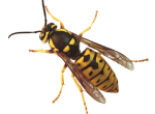 Yellowjackets
Yellowjackets